Plants and Flowers Encyclopedia
Coconut palm (Cocos nucifera)
The Coconut Palm is a very unique palm, it is not winter hardy.
The origin of the palm is South America.
This palm is very famous because it produces real coconuts.
This palm is not suitable for the garden because it requires a tropical climate.

The Cocos nucifera likes a sip of water
For almost all plants, watering is an important part of the plant's survival and growth. The Coconut Palm is certainly no exception! In this chapter, you will find all the necessary information so that you can provide your Coconut Palm with moisture in the right way.
General info
The coconut palm should not get too wet and there should not be a layer of water left in the pot. The water requirement varies per climate. In a dry climate it will need regular water. Give it water when the soil is dry.

Spraying
Spray the palm leaves regularly. This prevents dust from sticking to the leaves and pests. This also has the effect of the humidity of the tropics.

Where to plant the coconut palm
The coconut palm likes a tropical climate and prefers a tropical greenhouse.
Therefore, we do not recommend placing it in the garden.
The palm prefers a sunny spot.
Light
The Cocos nucifera is a palm that loves a lot of sunlight. That is why the coconut palm prefers to be in full sun. Cocos nucifera needs enough full sun light to grow well.
Heat
The coconut palm is only suitable for greenhouses or living rooms. Even in winter, the coconut palm should not be placed in a cold place. The plant likes high humidity. The coconut palm prefers to be between 25 and 35 degrees Celsius. Below 15 degrees, the coconut palm will have a hard time.
Wind
The Cocos nucifera can tolerate wind well.
The Cocos nucifera can withstand the wind in tropical areas, which is normally wind that they can also withstand very well.
Temperature requirements
Always at least 25 -35 degrees Celsius

When to repot the coconut palm and why?
The coconut palm is a fast grower and is therefore recommended to repot it in a larger pot every two years if you want it to continue growing. For a good and stimulating nutrient soil we recommend the Mediterranean potting soil that will certainly keep your palm healthy.
General rules
Repotting a coconut palm stimulates growth. When you purchase the palm, we recommend that you immediately repot it in a larger pot. This will preserve the palm and keep it healthy.

Food for the Coconut Palm
A good type of soil is not only enough to keep the palm healthy. That is why we recommend giving the coconut palm some palm focus every few weeks in spring and summer so that it gets enough nutrition for its leaves and roots, this does not mean that you have to pour them on the leaves of the palm focus but through the root ball in the pot.

When the leaves change color
The leaves of the coconut palm can get brown spots. This can happen in different ways or too little water or too much water or lack of nutrients. Because your palm no longer looks so nice because of the tips, we recommend cutting them off.

How to prune and when?
At some point the leaves will start to look a bit more yellow and brown. You can also fix this by simply cutting the leaves off at the trunk of the coconut palm. By cutting off the leaves, completely new leaves will grow in the same place. This way you also keep the coconut palm healthy and alive.

Can I propagate the coconut palm?
Propagating the coconut palm is quite simple if you have a coconut then let it soak in a bucket with water for at least a week. If you make sure that all three holes are underwater that is best. When you have done that put the coconut in a hole of 2 centimeters deep. Then put the pot in a warm but not dry place.
The temperature of 25 to 29°C is perfect for the coconut.
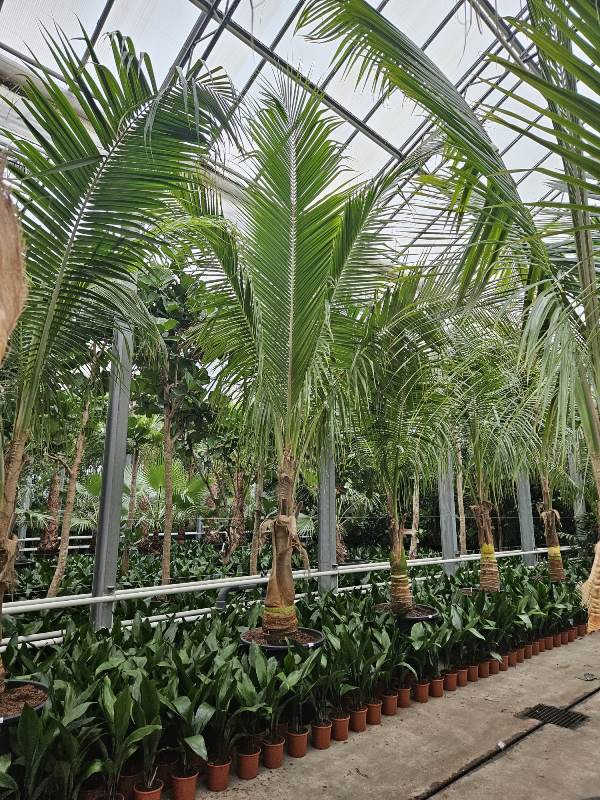
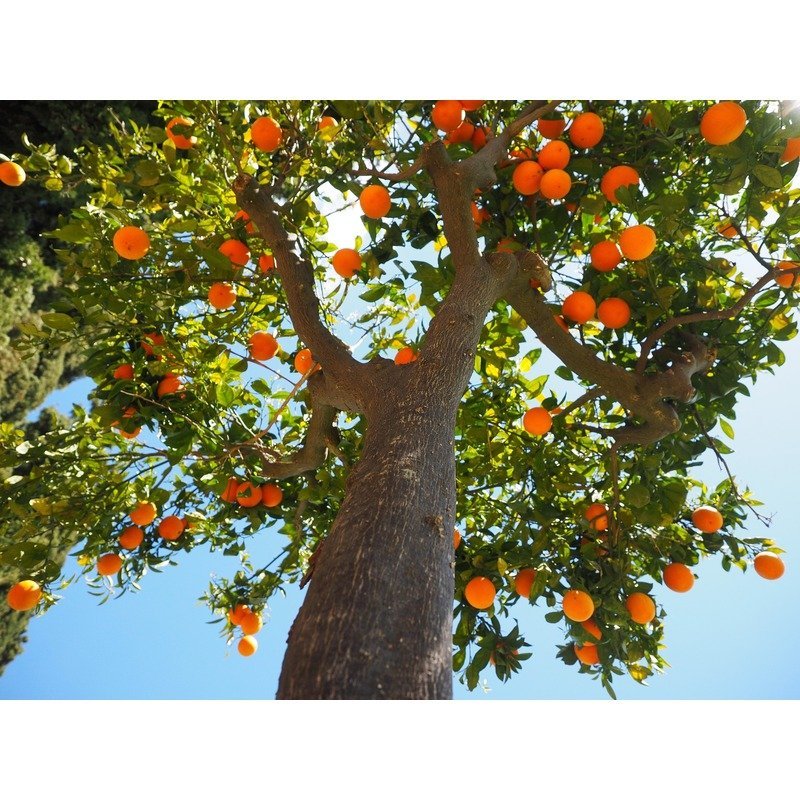
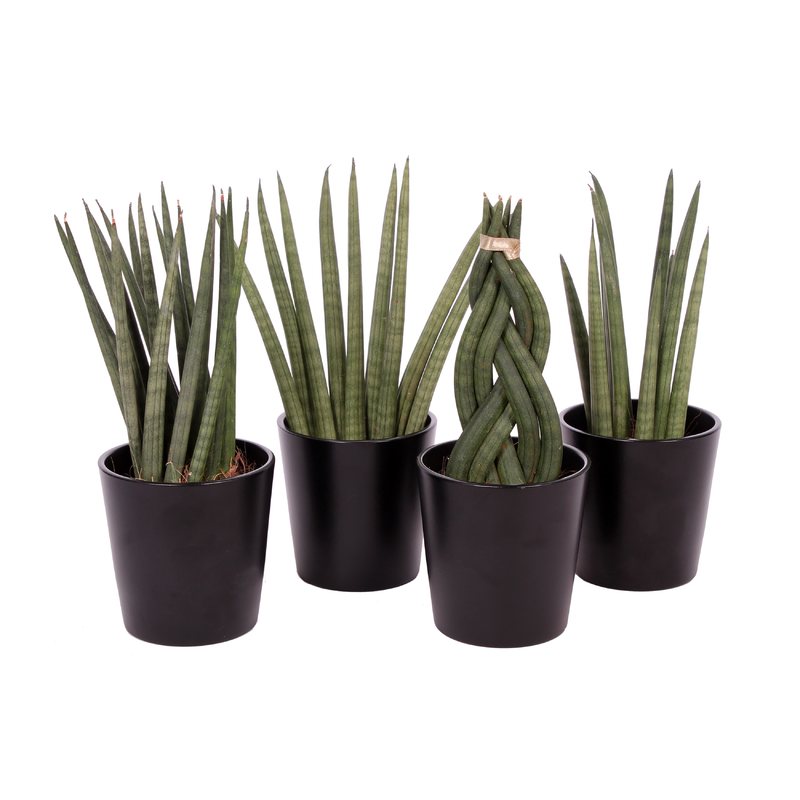
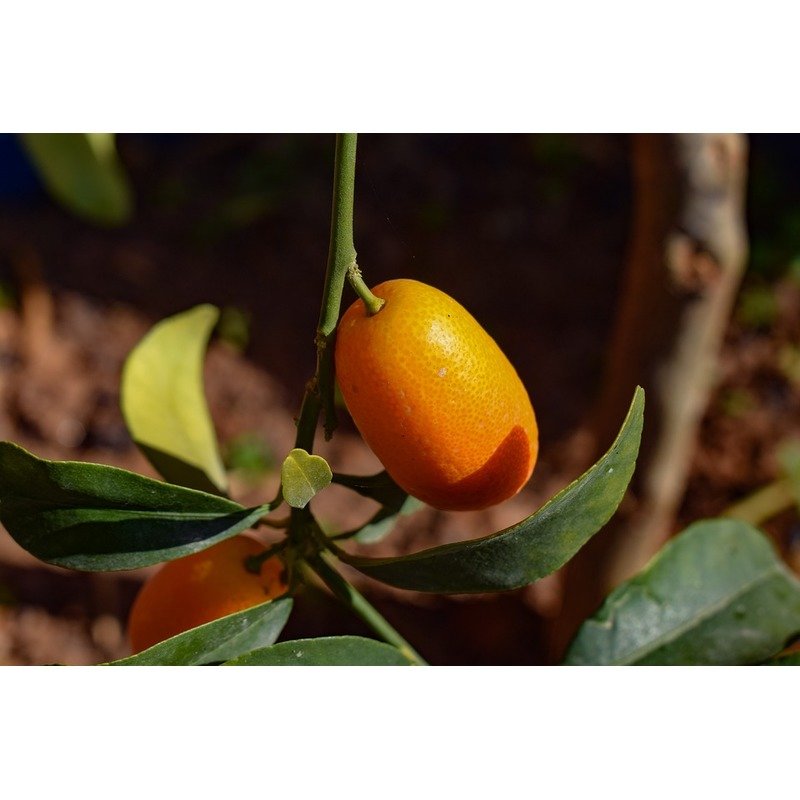
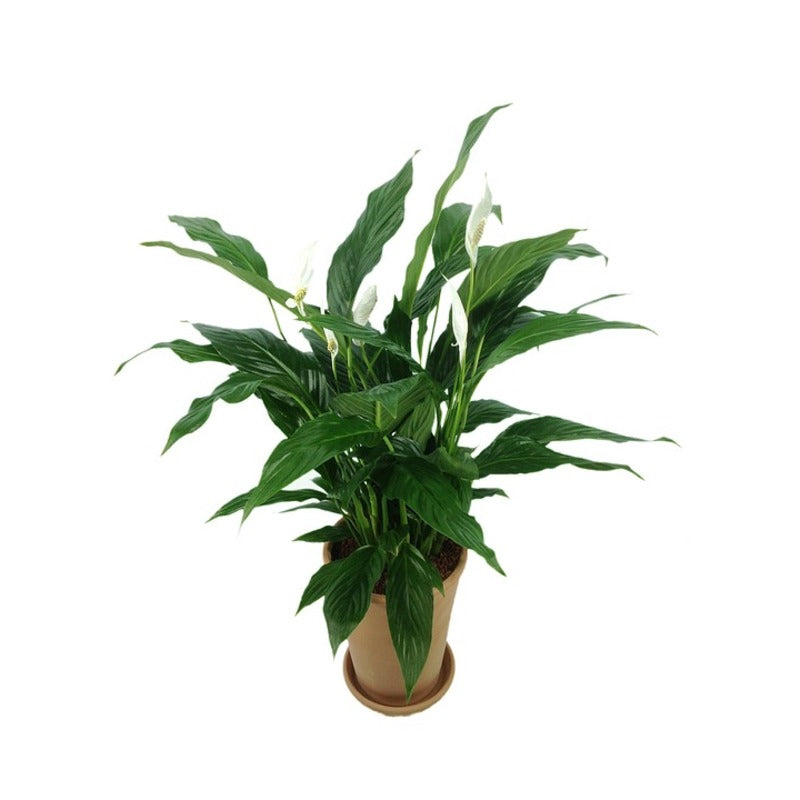

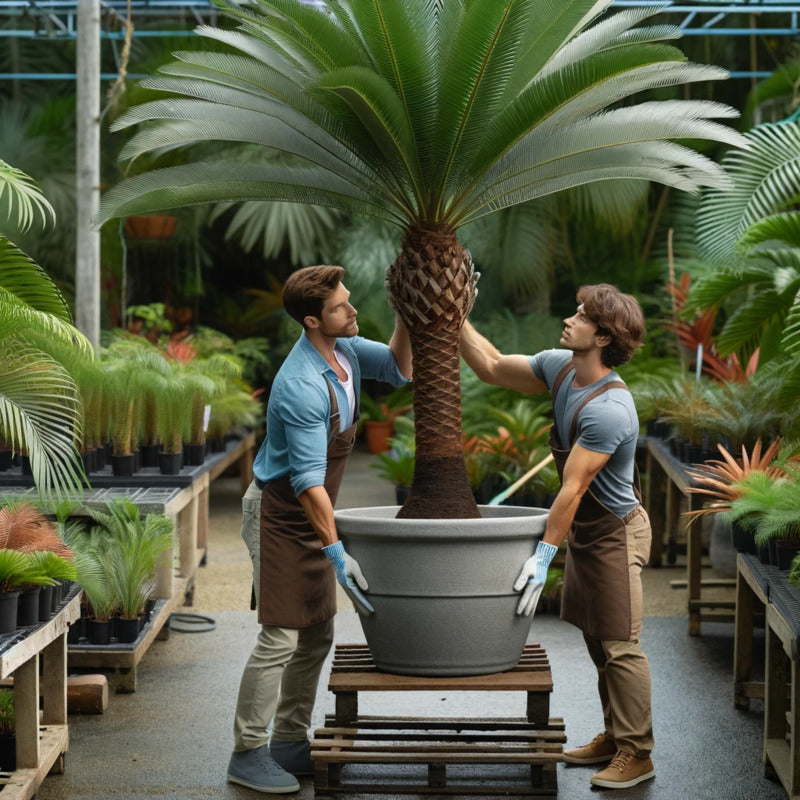

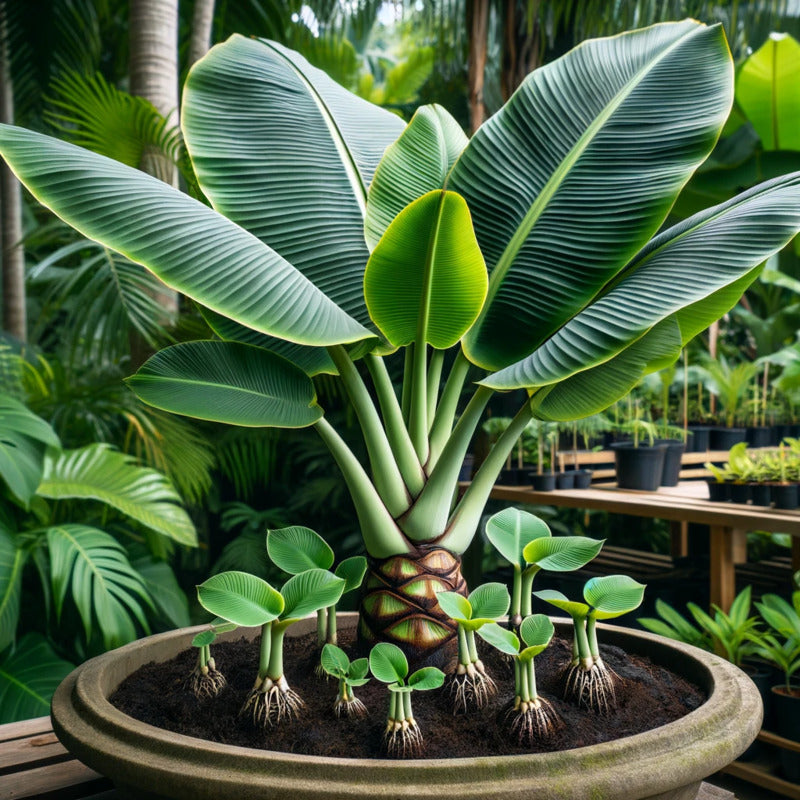

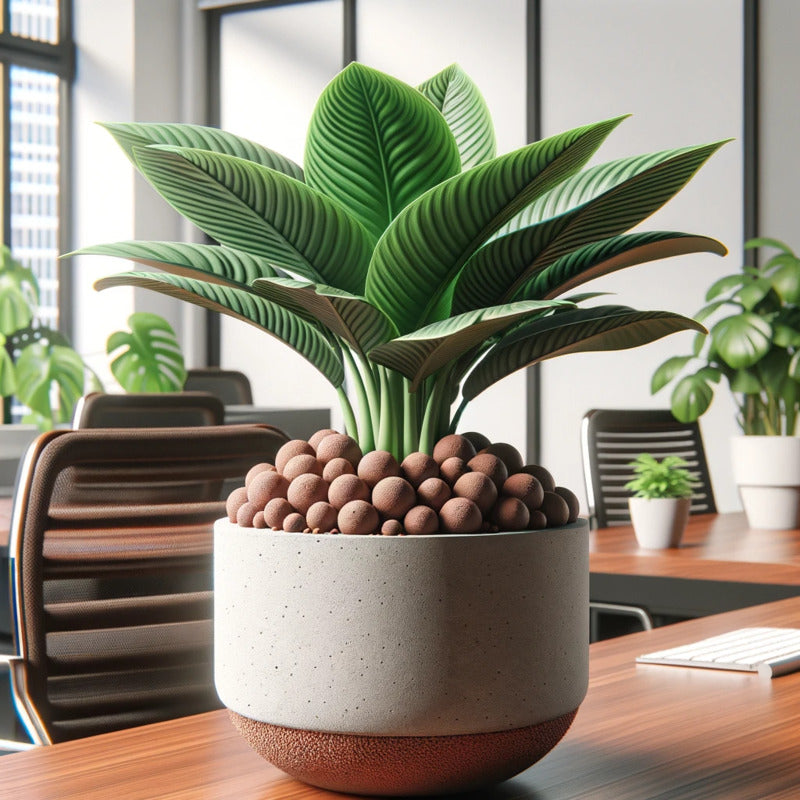


Share:
Yucca rostrata - Palm lily
Vitis vinifera - Blue Grape Plant - Organic